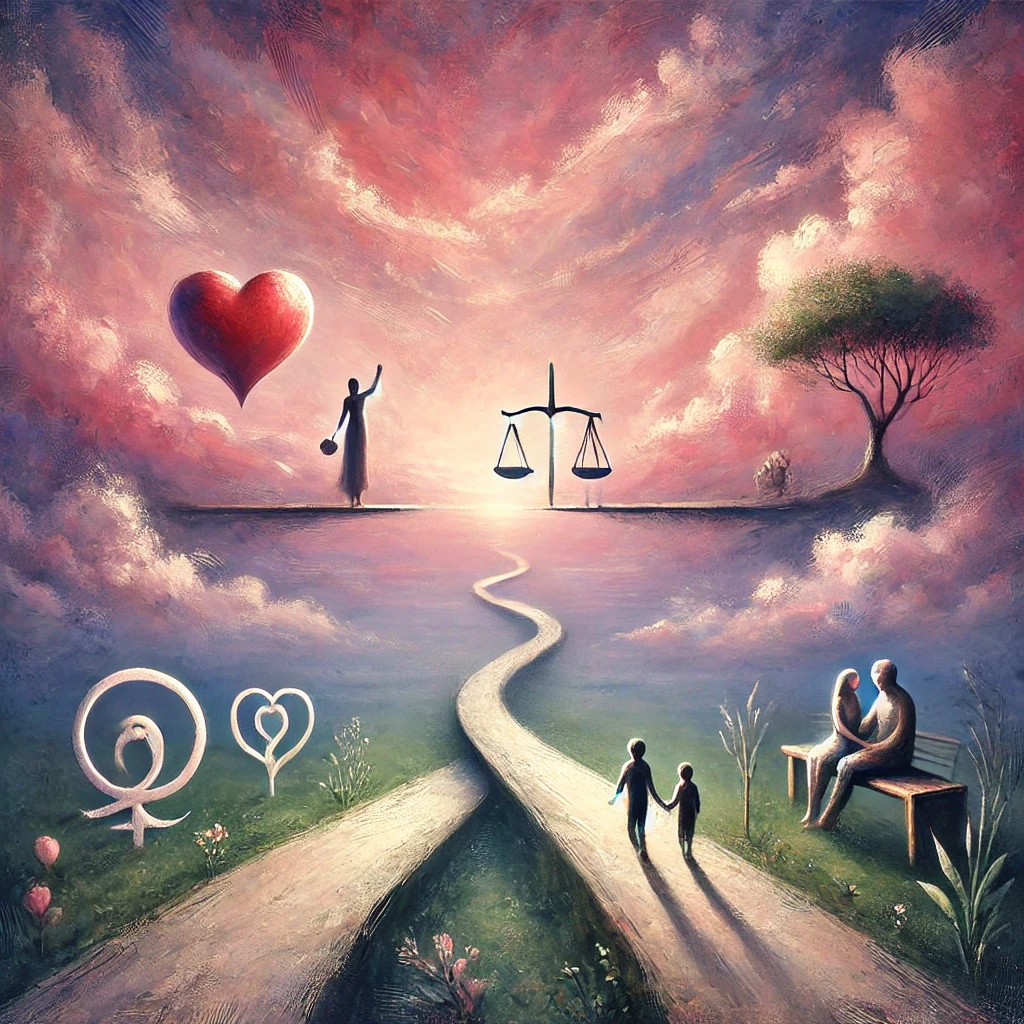Love, an emotion as old as humanity itself, has been the subject of countless poems, songs, and philosophical treatises. Yet, for all our fascination with this powerful force, we still struggle to define it, let alone measure it. As I delve into this complex topic, I find myself pondering: Can love truly be measured? And if so, what units would we use? What scale could possibly capture the depth and breadth of human affection? In this exploration, I’ll share my personal reflections on the nature of love and the challenges we face in attempting to quantify it.
The Qualitative Nature of Love
At its core, love is a qualitative experience. It’s a feeling, an emotion, a state of being that defies simple categorization. When we love, we experience a complex blend of emotions, thoughts, and physical sensations that are unique to each individual and each relationship. This inherent subjectivity makes it challenging to apply any standardized measure to love.
Consider the difference between romantic love and familial love. Both are powerful forms of affection, but they manifest in vastly different ways. How can we compare the love a parent feels for their child to the passion between two lovers? Is one “greater” than the other, or are they simply different facets of the same emotion?
The Problem of Perception
Our perception of love is inherently biased by our own experiences, cultural background, and personal beliefs. What one person considers a grand gesture of love might seem insignificant to another. This disparity in perception creates a significant obstacle in developing any universal measure of love.
Moreover, our understanding of love often changes over time. The intense, all-consuming passion of young love may evolve into a deeper, more stable affection as a relationship matures. Does this mean the love has diminished, or has it simply transformed? Our perception of love’s intensity and quality can shift dramatically based on our life stage and circumstances.
Quantitative Attempts at Measuring Love
Despite the challenges, there have been attempts to quantify love using various psychological and physiological markers. Scientists have measured changes in brain activity, hormone levels, and even behavioral patterns to try and create a “love scale.”
However, these attempts often fall short of capturing the full essence of love. They may measure attraction or attachment, but can they truly quantify the depth of emotional connection? Can a brain scan or a hormone test tell us how much one person loves another?
The Language of Love
Perhaps one of the most intriguing aspects of love is how we attempt to express it through language. We use metaphors and similes, comparing love to forces of nature or cosmic phenomena. We speak of love that moves mountains, burns like fire, or is as vast as the ocean. These poetic expressions hint at our innate understanding that love transcends simple measurement.
Yet, even as we reach for these grand comparisons, we also use more mundane scales. We talk about loving someone “more than anything in the world” or loving them “to the moon and back.” These phrases attempt to quantify the unquantifiable, to give shape and form to an emotion that defies boundaries.
The Actions of Love
If we cannot reliably measure love through scientific means or fully express it through language, perhaps we can look to actions as a form of measurement. After all, many argue that love is not just a feeling but a choice – a series of actions and decisions that demonstrate commitment and care.
We might consider the sacrifices one makes for their loved ones, the time invested in a relationship, or the level of support provided during difficult times. These tangible expressions of love could potentially serve as a proxy for measurement. However, this approach also has its limitations. Can we truly say that the person who makes grand gestures loves more deeply than the one who shows their affection through small, daily acts of kindness?
The Paradox of Measuring the Immeasurable
As I reflect on these various approaches to measuring love, I’m struck by a fundamental paradox. The very act of trying to measure love seems to diminish its power and mystery. Love, in its purest form, is a force that transcends quantification. It’s an experience that is felt deeply and personally, often defying logical explanation.
Yet, our desire to measure love persists. Perhaps this impulse comes from a deep-seated need to understand and validate our emotional experiences. We seek to quantify love as a way of affirming its reality and significance in our lives.
Conclusion
In the end, I’ve come to believe that the true measure of love lies not in any external scale or metric, but in its impact on our lives and the lives of those around us. Love, in all its forms, has the power to transform us, to inspire us to be better versions of ourselves, and to create connections that give life meaning and depth.
While we may never be able to precisely measure love in the way we measure physical phenomena, perhaps that’s not really the point. The beauty of love lies in its ineffable nature, its ability to surprise and overwhelm us, to challenge our preconceptions and expand our understanding of what it means to be human.
As we continue to explore and experience love in all its complexity, perhaps we can learn to embrace its immeasurability. Instead of trying to quantify love, we can focus on cultivating it, expressing it, and allowing it to enrich our lives in ways that no number or scale could ever capture. In doing so, we might just discover that the truest measure of love is not found in how much we love, but in how love changes us and the world around us.
